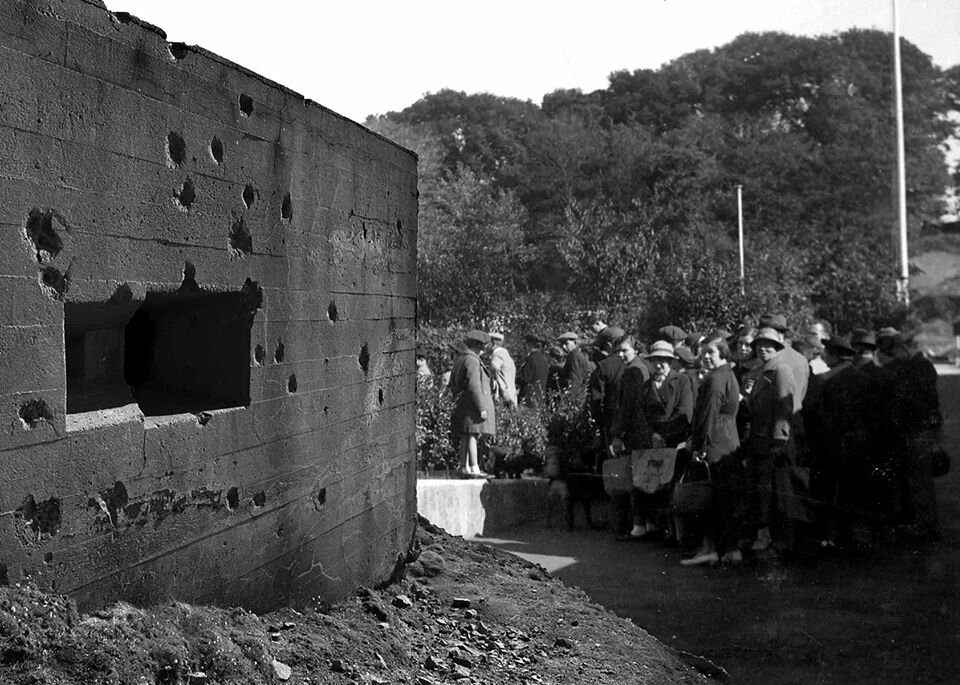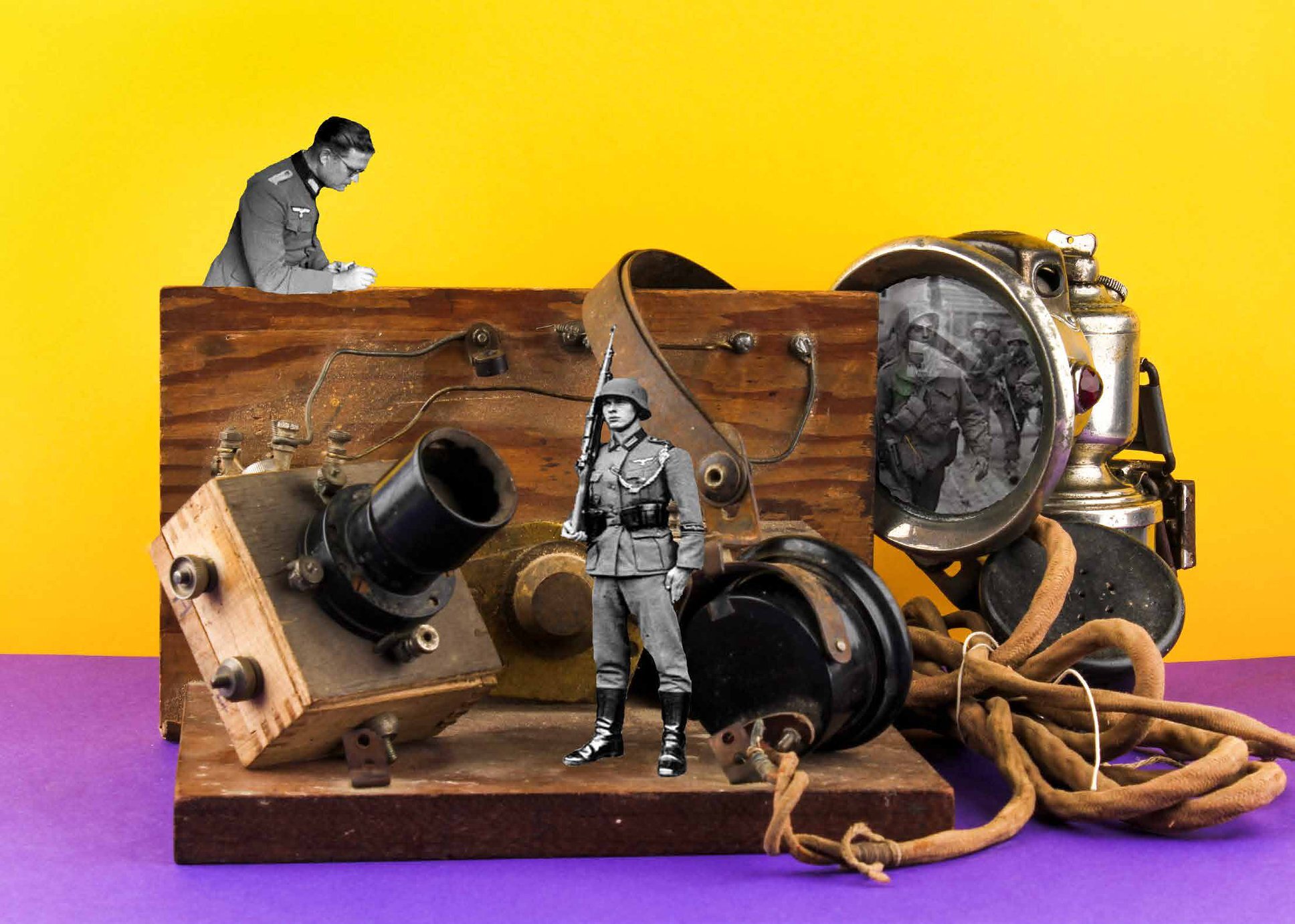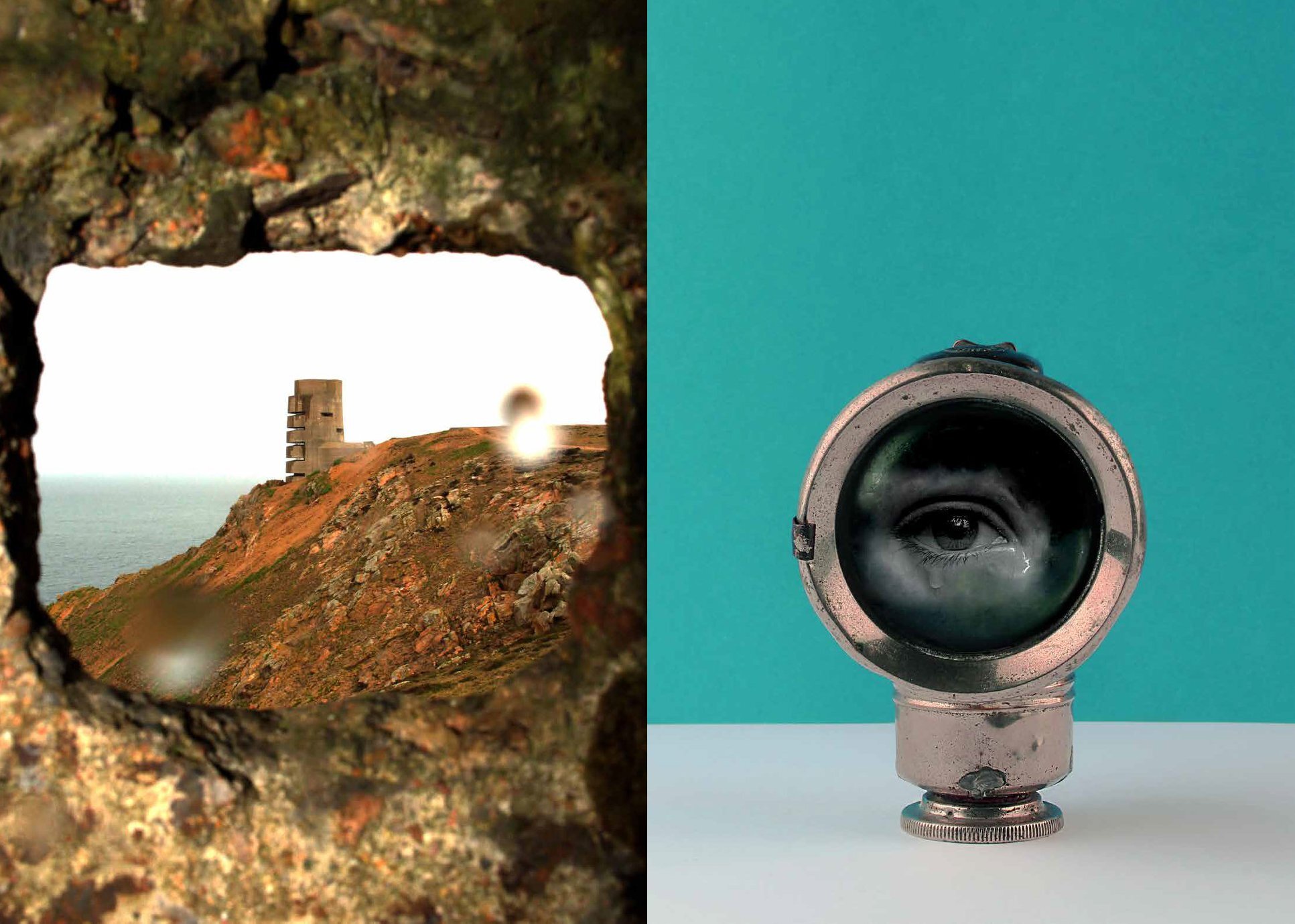A few more spreads from the 48-page Liberation - Occupation supplement in today's Jersey Evening Post. Visits to many of Jersey’s premier heritage institutions and working directly with public records made a vital difference in providing students with many starting points for their individual creative journeys. The images presented here in this newspaper only represents a fragment of the enormous amount of work that each student has produced. It provides a fascinating insight into how young people have used the language of photography to explore and interpret events which happened many years ago.
A planned joint exhibition with Masters students from École Européenne Supérieure d’art de Bretagne (The European Academy of Art in Brittany) to open at the Berni Gallery, Jersey Arts Centre on Wed 6 May has unfortunately been cancelled due to Covid-19 and so has a conference about some of the research undertaken scheduled for 7 May at the Société Jersiaise. We are currently working on re-programming this with the exhibition opening in Rennes (autumn 2020) later travelling to Jersey (spring 2021)
Photo-Archive Societe-JersiaiseJersey Heritage CIOS Jersey Jersey War Tunnels EESAB-site de Rennes Bureau des Iles Anglo-Normandes Liberation 75 #germanoccupation #liberation75 #jersey#channelislands
Images courtesy of Nathan Healey, Talal Bayat, Francesca Hogan, Will Masterman and Yordi Hogetoorn





























